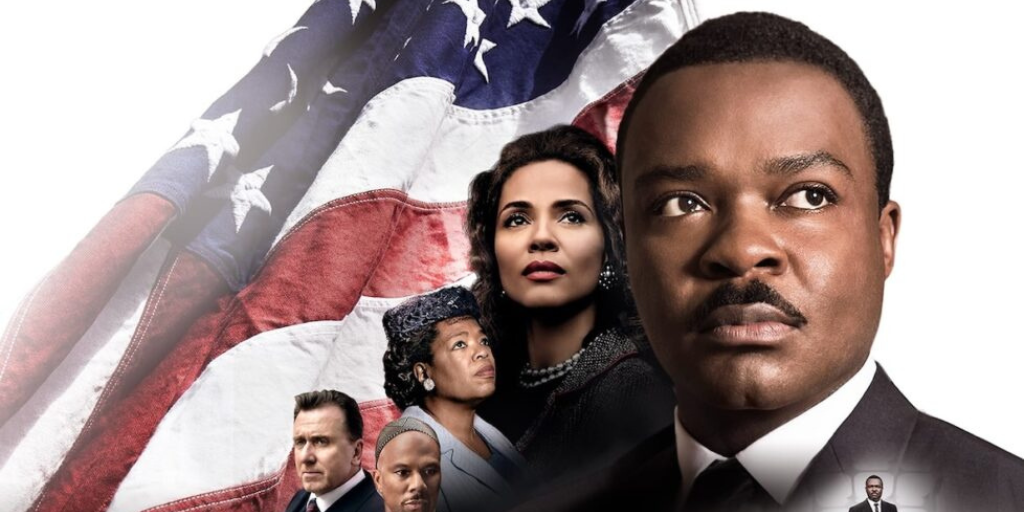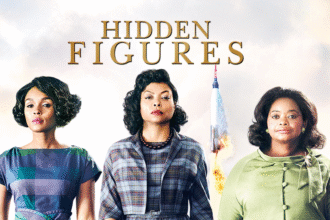Exploring Selma’s historic finale and its ongoing impact on civil rights movements.
- Final march symbolizes victory amidst years of struggle and sacrifice.
- Film emphasizes importance of collective activism beyond individual heroism.
- Selma connects past civil rights to current issues of racial inequality.
The ending of Selma fixes its gaze on one of the most pivotal moments in civil rights history: the successful march from Selma to Montgomery, Alabama, culminating in the passage of the Voting Rights Act of 1965.
After a series of setbacks, including the violent “Bloody Sunday” attack on March 7, 1965, where peaceful marchers were brutally beaten by state troopers, the film tracks the relentless determination of Dr. Martin Luther King Jr. and fellow activists.
This final march, protected this time by federal authorities, symbolizes a hard-won victory in the face of violent resistance and systemic racism.
The powerful images of the concluding march contrast the triumph felt by the participants with the heavy toll exacted by years of struggle. The film skillfully avoids an overly simplistic happy ending by showing the personal exhaustion and pain that marches and protests inflicted on activists and their families.
King’s speech at the Alabama State Capitol is passionate but measured, emphasizing equality while acknowledging the long road ahead for racial justice. Through this, the scene captures the complexity of victory not merely as a celebratory moment but as an ongoing commitment to the fight for civil rights.
Moreover, the final scenes prompt reflection on the fragility of these gains. The Voting Rights Act, though monumental, was only one step in dismantling decades of disenfranchisement and segregation.
Also read: Will Trent Season 4 Ups the Stakes with Therapy Taking Center Stage
The film’s restrained approach suggests that while legal changes were possible, social and political backlash would continue to threaten progress. This quiet warning invites viewers to think critically about the relationship between symbolic victories and the persistence of inequality.
Heroes In Focus: The Fight for Recognition Beyond King
While Dr. King’s leadership is the narrative’s emotional core, Selma offers nuanced portrayals of the movement’s other heroes and the internal dynamics that shaped the campaign. The film underscores King’s humanity, fraught with doubt, threatened by the FBI, and feeling the strain on his family life.
Scenes with Coretta Scott King reveal the personal costs of the struggle, including recurring harassment and fear for their children’s safety. This balance between public heroism and private hardship deepens the audience’s understanding of King’s relentless commitment despite immense pressure.
The film also showcases activists like John Lewis, Hosea Williams, and Annie Lee Cooper, bringing to life the diverse coalition that powered the movement. These figures represent the grassroots energy and risk-taking that were vital to the campaign’s success.


By including these voices, Selma honors the collective effort rather than focusing solely on one iconic individual, reminding viewers that social change requires many actors working together.
A significant source of conversation around Selma is its portrayal of President Lyndon B. Johnson. The film shows him as hesitant and politically calculating, a depiction that many historians dispute.
While Johnson played a complex role, both supporting and negotiating political realities, Selma emphasizes the tension between King and Johnson to heighten dramatic conflict. This portrayal invites viewers to question the dichotomy of “ally” and “opponent,” suggesting that political victories often involve compromise and uneasy alliances.
After the Applause: Social Impact, Critique, and Unresolved Questions
Selma’s ending has become a touchstone in conversations about how history informs contemporary struggles for justice. Released amid rising awareness of racial inequality and voter suppression, the movie connects the legacy of the civil rights movement with current activism, such as Black Lives Matter.
The film suggests that despite legal progress, systemic challenges remain, and the fight for equal rights is far from over.
Critics have praised the film’s ability to humanize history while also acknowledging that it takes liberties with certain facts for narrative purposes. Discussion continues about the simplification of political figures and the omission of some movement complexities, such as opposition within and between activist groups.
These critiques add depth to the film’s impact, emphasizing that history is contested and that understanding the full story requires examination of multiple perspectives.
The ending’s tone also inspires reflection on what victory means in political movements. By highlighting the joy of achieving legislative change but also showing lingering fears and tension, Selma avoids suggesting that the struggle ended with the Voting Rights Act.
Instead, it proposes that the “end” is always provisional success, a moment to rally from, not rest upon. This resonates strongly today as Americans debate voting access and civil rights protections amid new legal and political challenges.
Selma closes with a montage blending historical footage and evocative music, bridging past and present to remind audiences that the fight for justice transcends any single event or leader.
It is a call to remember both the progress made and the work left to accomplish, urging ongoing vigilance to protect hard-won rights and continue pushing for real equity.
In sum, the ending of Selma offers a powerful and thoughtful portrayal of a moment that shaped American history, balancing celebration with sober recognition of the obstacles that remain.
Through its emotional resonance, complex characters, and contextual framing, the film challenges viewers to critically engage with the legacy of the civil rights movement and its significance today, reminding us that the journey toward justice is continuous and evolving.
Also read: BTS V’s ‘Winter Ahead’ Surpasses 500 Million Streams, Cementing Solo Stardom
People Also Ask
- What is the significance of the final march in Selma?
-
The final march from Selma to Montgomery symbolizes a hard-won victory in the civil rights movement, culminating in the passage of the Voting Rights Act of 1965.
- How does Selma portray Dr. Martin Luther King Jr.?
-
The film presents King as a complex figure, highlighting his humanity, doubts, and the personal toll of his activism, while also showcasing his leadership in the movement.
- What role do other activists play in Selma?
-
Selma features activists like John Lewis, Hosea Williams, and Annie Lee Cooper, emphasizing the diverse coalition and grassroots efforts that were crucial to the movement’s success.
- How does the film depict President Lyndon B. Johnson?
-
The film portrays Johnson as hesitant and politically calculating, emphasizing the tension between him and King, which invites viewers to question the nature of political alliances.
- What themes does Selma explore regarding the fight for civil rights?
-
Selma explores themes of ongoing struggle, the complexity of victory, and the need for continued vigilance in the face of systemic challenges to racial equality.
- How does the ending of Selma connect to contemporary issues?
-
The ending connects the legacy of the civil rights movement to current activism, suggesting that despite legal progress, the fight for equal rights continues amid ongoing challenges.








